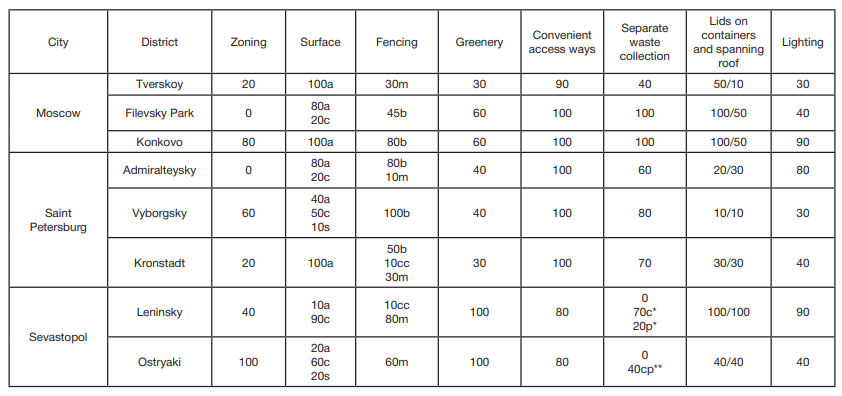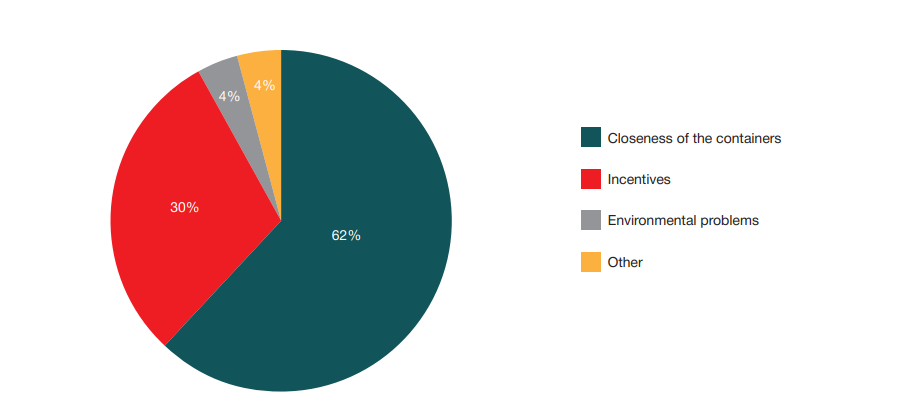
This article is an open access article distributed under the terms and conditions of the Creative Commons Attribution license (CC BY).
ORIGINAL RESEARCH
Ecological and hygienic aspects of solid waste disposal
Pirogov Russian National Research Medical University, Moscow, Russia
Correspondence should be addressed: Natalia I. Sheina
Ostrovityanov, 1, Moscow, 117997, Russia; ur.liam@aniehs_in
Author contribution: Staheeva AA — full-scale experiment and online surveys, study results processing and description; Zakharova AA — research and online surveys, study results processing and description; Umnov NM — study results processing and description; Drugova ED — study results processing, visual content of the article; Korolik VV — literature selection and processing, article editing; Sheina NI — article conceptualization, literature selection and processing, study results description, article authoring and formatting.
Compliance with ethical standards: anonymous online surveys did not infringe on human rights, did not endanger the participants, and met the biomedical ethics requirements.


